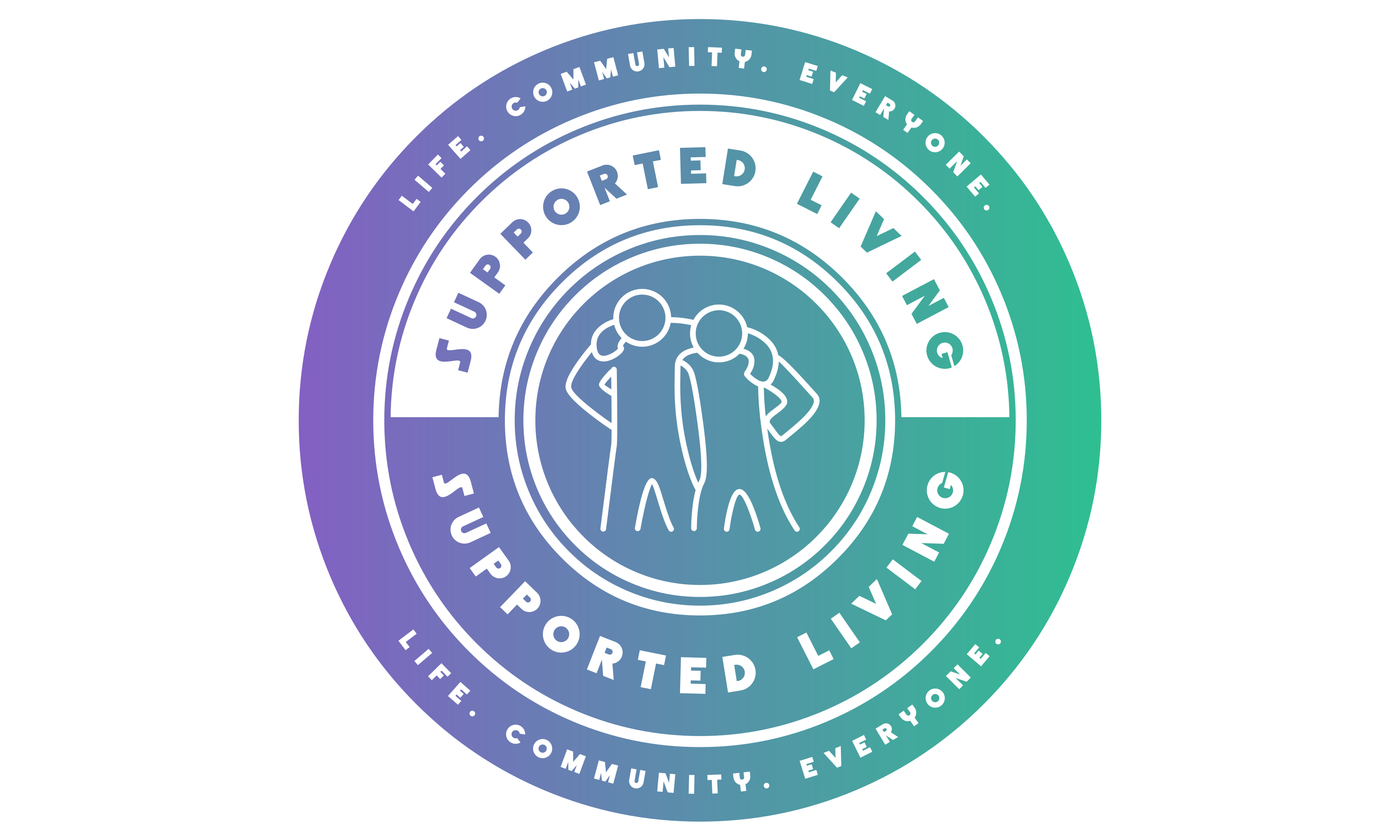How to Request Supported Living Services?
Step 1 –
Meet with the Care Manager at the LME/MCO to share the desire to use Supported Living services. Contact the LME/MCO directly if assistance is needed to identify the contact information for the Care Manager (See complete LME/MCO list in the Resource section located at the end of this guidebook). The Care Manager should be able to provide service definition information regarding the Supported Living services and providers in the LME/MCO’s network who are contracted to provide Supported Living services. For more detailed information regarding particulars of service implementation and delivery, it may be helpful to reach out to providers providing the service.
Step 2 –
Identifying a Provider
After ensuring that Supported Living services are available to the person and the Care Manager at the LME/MCO has provided a list of providers contracted for Supported Living services (A list of providers can also be found on the www.slnc4.me website), the next step is to reach out to talk with several provider agencies is helpful to decide which one is a good match to support the individual’s wants and needs best.
Here are a few things to consider asking when reaching out to providers:
- Are you currently accepting referrals for Supported Living services?
- What levels of Supported Living do you provide?
- What is your typical process for the development of Supported Living services? How involved is the individual member in designing their supports and services?
- What are your typical staffing/emergency back up plans?
If a provider is contacted and they say they are not supporting individuals in levels 2 or 3, then ask the provider if they have a waiting list, contact other providers, and continue to reach out to the Care Manager for additional resources and options.
It’s important to note: Because Supported Living is a very comprehensive service that supports adults in their own homes it takes time, planning, and effort to get this service going. Supported Living is NOT an emergency or crisis service for people who “need placement.” It can take months, sometimes longer, to set up these supports. Services like Supported Living Transition can be utilized to assist with the planning and preparation for these supports (see Chapter 4 for more information on transition planning and Supported Living transition service).
Because Supported Living is a newer innovations waiver service, some providers have more experience in providing the service than others. NC I/DD Provider Networks are encouraging contracted providers to reach out for assistance and partnership to expand the options for people wanting to use this service. For provider agencies who are interested in learning more about how to begin providing Supported Living services, they may refer to the Provider Resources pages of this guidebook or at www.slnc4.me.
STEP 3 –
Team Meeting
Once a Supported Living provider has been selected, a team meeting should be held with the person desiring supported living services, any family or natural supports, the provider agency, and the Care Manager to determine a tentative timeframe for a transition to Supported Living. (Please note there are many moving parts to involved with setting up and preparing for Supported Living services; therefore, timeframes may need to be fluid in order to account for the varying factors). If determined in the team meeting that the desired goal is to transition to Supported Living services within the next 6 months, then Supported Living Transition service can be requested to assist with the planning, set up, and development of the home and services.
Supported Living Transition service facilitates the transition to Supported Living. This service can be provided for the 6-month period prior to the move to a Supported Living setting. This service can be utilized so the provider can meet the person preparing to transition in an effort to get each other, meet with team members, and assess the support needs. This service can be utilized to provide assistance with finding housing, developing a budget, determining needed transportation services, gathering needed household items, aiding with setting up utilities, developing emergency plans, and more. Further details regarding Supported Living Transition can be found in Clinical Coverage Policy 8p under the Supported Living service definition. See Chapter 4 for additional details on transition planning.
Step 4 – Finding a Home
Supported living services take place in the person’s OWN home. This means the person or those legally responsible for the person will rent or own a home or apartment dwelling in their name. IMPORTANT NOTE: The rental lease and or ownership of the dwelling cannot be held in the provider agency’s name.
This can be one of the most exciting and challenging parts of the Supported Living process, therefore this guidebook has dedicated the entire next chapter to this topic.
STEP 5 – Set up of the home.
Once a home has been identified, there are many other details to consider. These include setting up utilities, making sure needed items have been purchased for the home, developing moving plans, determining locations of health and community resource such as doctors, banks, grocery stores, laundromats, etc.,
STEP 6 – Supports and staffing.
The level and amount of support can be designed to address what is both important to and important for the person receiving Supported Living services.
Important to Note: Many successful supported living arrangements in North Carolina, and throughout the nation, have been developed for people who have severe physical disabilities. Sometimes, seemingly insurmountable behavioral challenges are reduced or disappear when the individual is in a supported living setting. Experience indicates that many individuals leave their histories of “behavior problems” behind when they move from congregate situations to supported living arrangements. Why? Because the person’s support is tailored to them specifically, and they generally live in a smaller, quieter environment with a smaller staff to person supported ratio).
